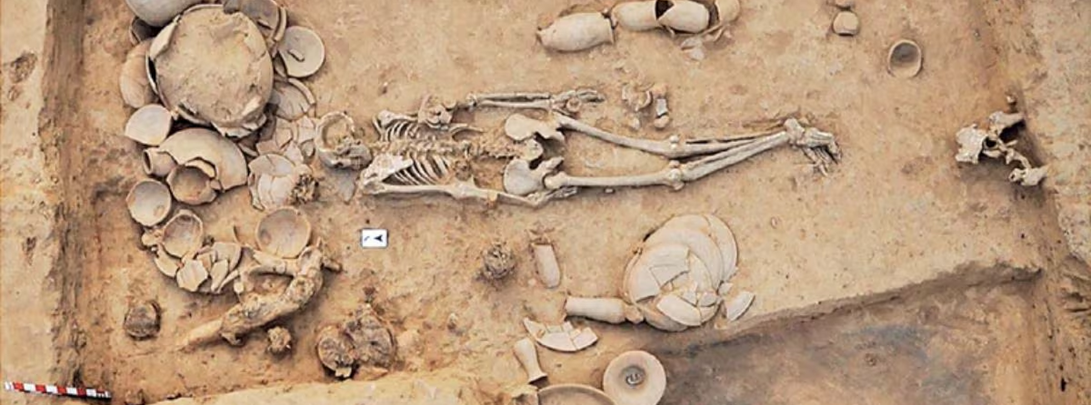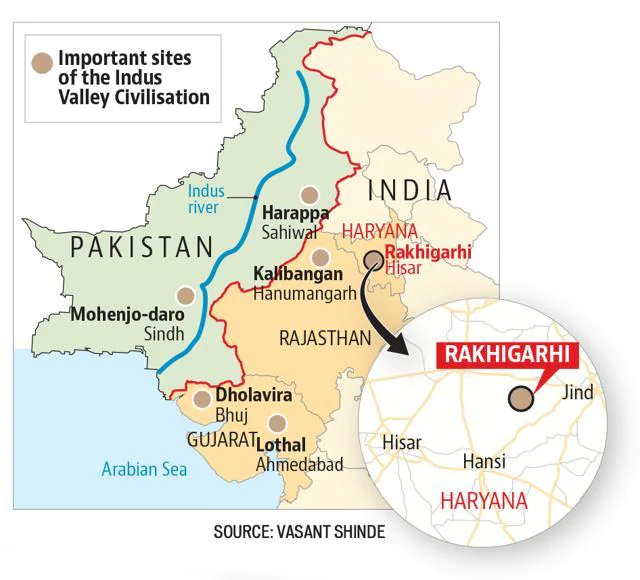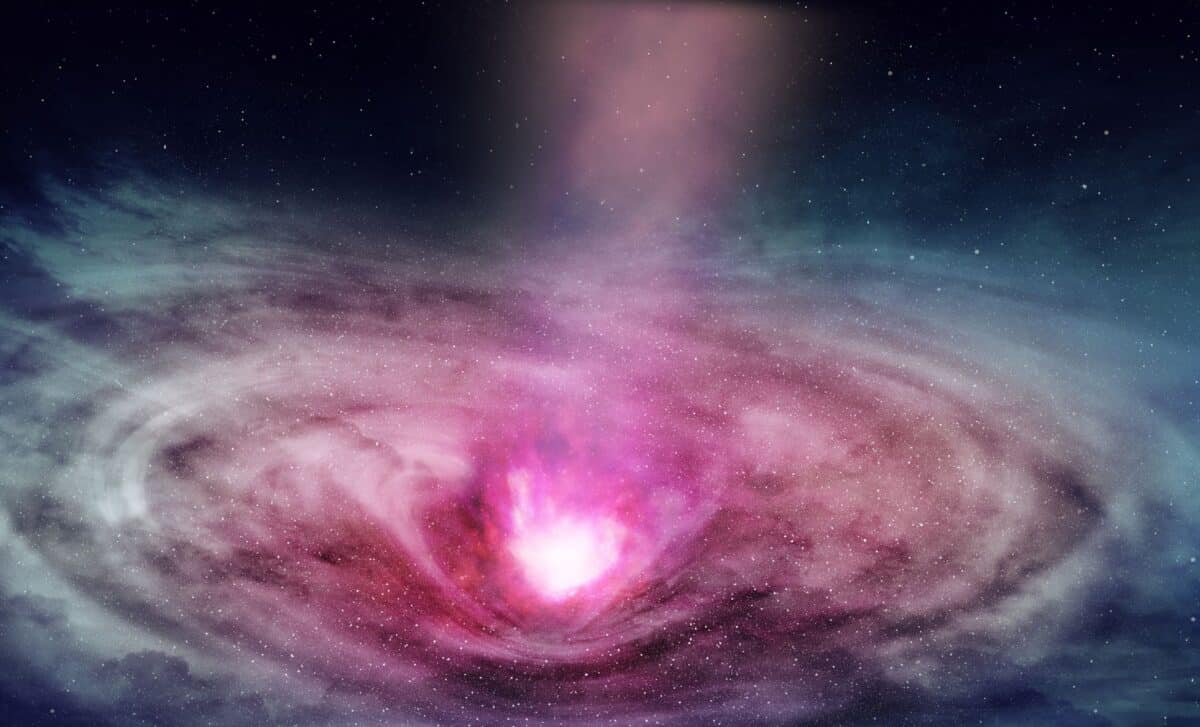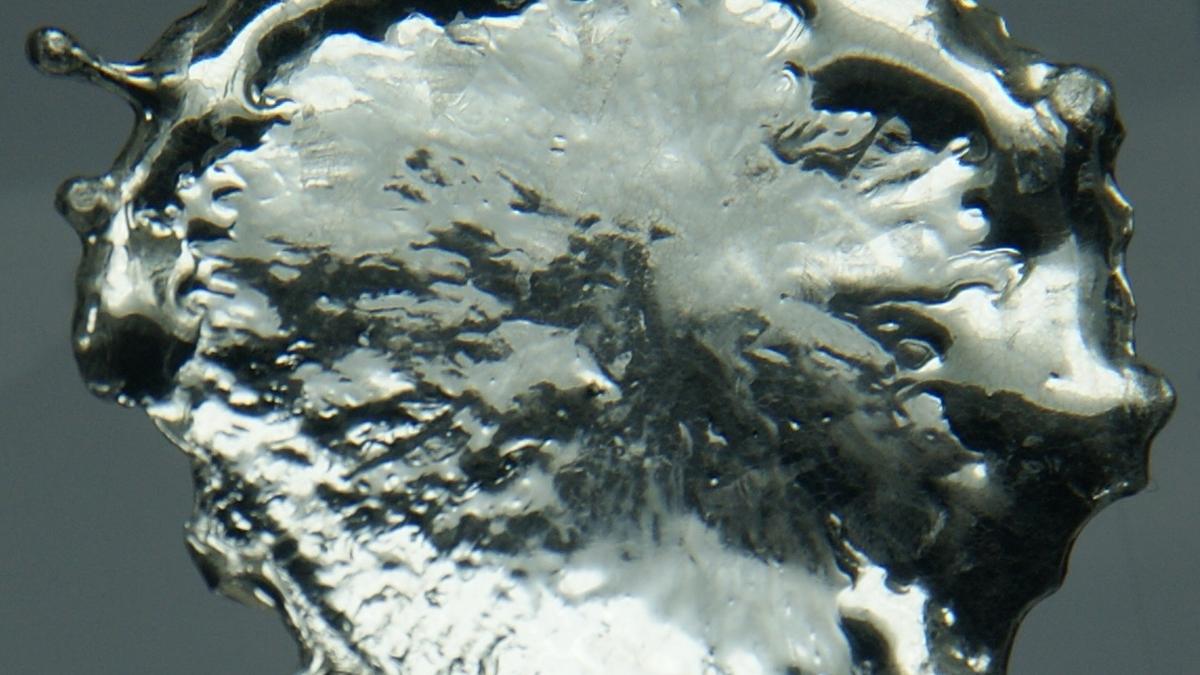- Courses
- GS Full Course 1 Year
- GS Full Course 2 Year
- GS Full Course 3 Year
- GS Full Course Till Selection
- Online Program
- GS Recorded Course
- NCERT (Recorded 500+ Hours)
- Polity Recorded Course
- Geography Recorded Course
- Economy Recorded Course
- AMAC Recorded Course
- Modern India, Post Independence & World History
- Environment Recoded Course
- Governance Recoded Course
- Science & Tech. Recoded Course
- International Relations and Internal Security Recorded Course
- Disaster Management Module Course
- Ethics Recoded Course
- Essay Recoded Course
- Current Affairs Recoded Course
- CSAT
- 5 LAYERED ARJUNA Mentorship
- Public Administration Optional
- ABOUT US
- OUR TOPPERS
- TEST SERIES
- FREE STUDY MATERIAL
- VIDEOS
- CONTACT US
RAKHIGARHI FINDINGS IN NCERT BOOKS ADDED
RAKHIGARHI FINDINGS IN NCERT BOOKS ADDED
08-04-2024

The National Council of Educational Research and Training (NCERT) recently revised the Class 12 history syllabus, emphasizing the Harappan settlements in Rakhigarhi.
About Rakhigarhi:

- Location: Rakhigarhi is an archaeological site in the Hisar district of Haryana, situated 27 km from the Ghaggar river in the Ghaggar-Hakra river plain.
- Significance: It is one of the oldest and largest cities of the Indus Valley or Harappan Civilization, dating back to approximately 6500 BCE.
- Contemporaries: Rakhigarhi is one of the 5 known largest townships of the Harappan civilization on the Indian subcontinent, alongside Harappa, Mohenjodaro, and Ganveriwala in Pakistan, and Dholavira in Gujrat, India.
- Findings:
- Excavations have revealed 7 archaeological mounds spread over an area of approximately 350 hectares.
- Rakhigarhi shows evidence of occupation primarily during the Early and Mature Harappan periods, with the site being completely abandoned during the Late Harappan period.
- Excavations revealed a planned township during the Mature Harappan phase, with mud-brick and burnt-brick houses and proper drainage system.
- The ceramic industry was represented by red ware, including various types of pottery.
- A cylindrical seal with Harappan characters on one side and an alligator symbol on the other is a significant find.
- Other antiquities include blades, terracotta and shell bangles, beads, animal figurines, toy cart frames, bone points and inscribed steatite seals.
- Burials: During the excavations some extended burials were discovered, probably dating from a much later period, possibly the medieval period.
FAQs:
Q1: What is the Bronze Age?
- The Bronze Age is a historic period in human history that began around 3300 BCE and ended around 1200 BCE.
- It is characterized by the use of bronze, the invention of writing systems, and the development of early urban civilization.
- Bronze is a hard, yellowish alloy made by melting tin and copper together.
- Bronze is harder and more durable than other metals available at the time, giving Bronze Age civilizations a technological advantage.
- The Bronze Age began at different times for different societies. For example, civilizations in Greece started working with bronze before 3000 BCE, while the British Isles and China entered the Bronze Age much later, around 1900 BCE and 1600 BCE, respectively.
- The Bronze Age is important in history because of the advancements of humankind as well as the technological discoveries that supported these advancements.
- The Bronze Age saw many technological advances, including the first writing systems and the invention of the wheel.
- Bronze Age cultures also developed in Mesopotamia (in modern Iraq), Egypt, and the Indus River valley (in modern Pakistan). At first, only rich people could afford bronze
Must Check: Best IAS Coaching In Delhi



